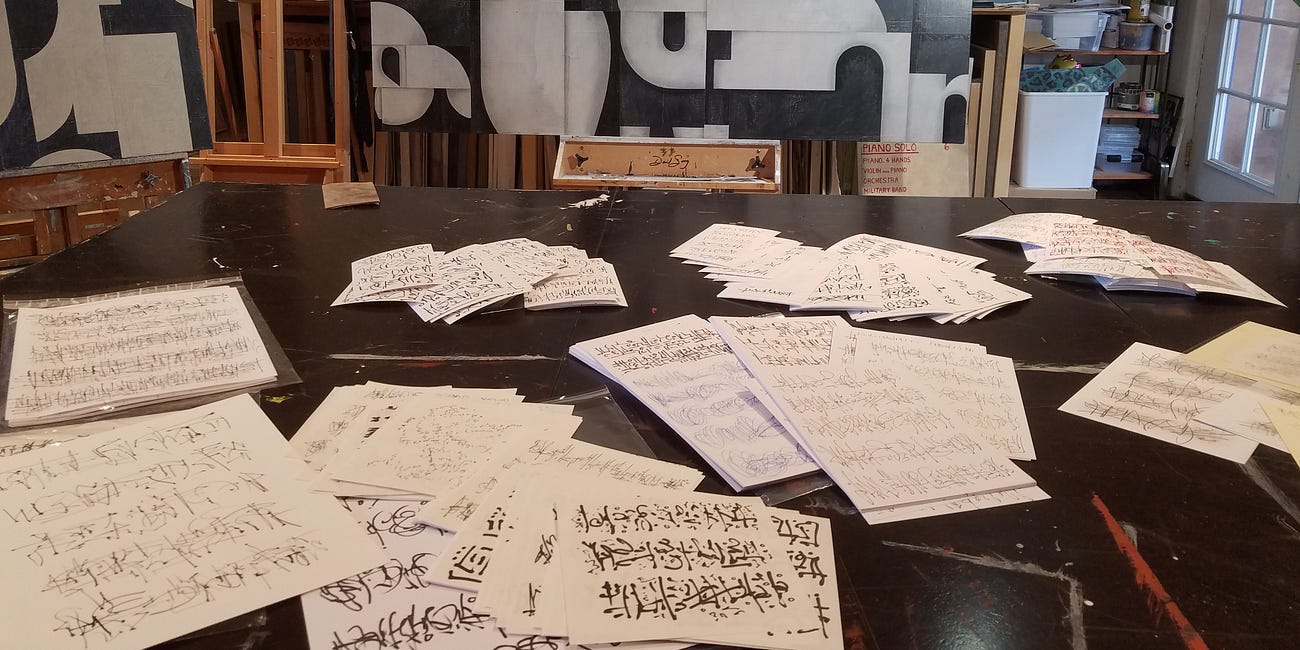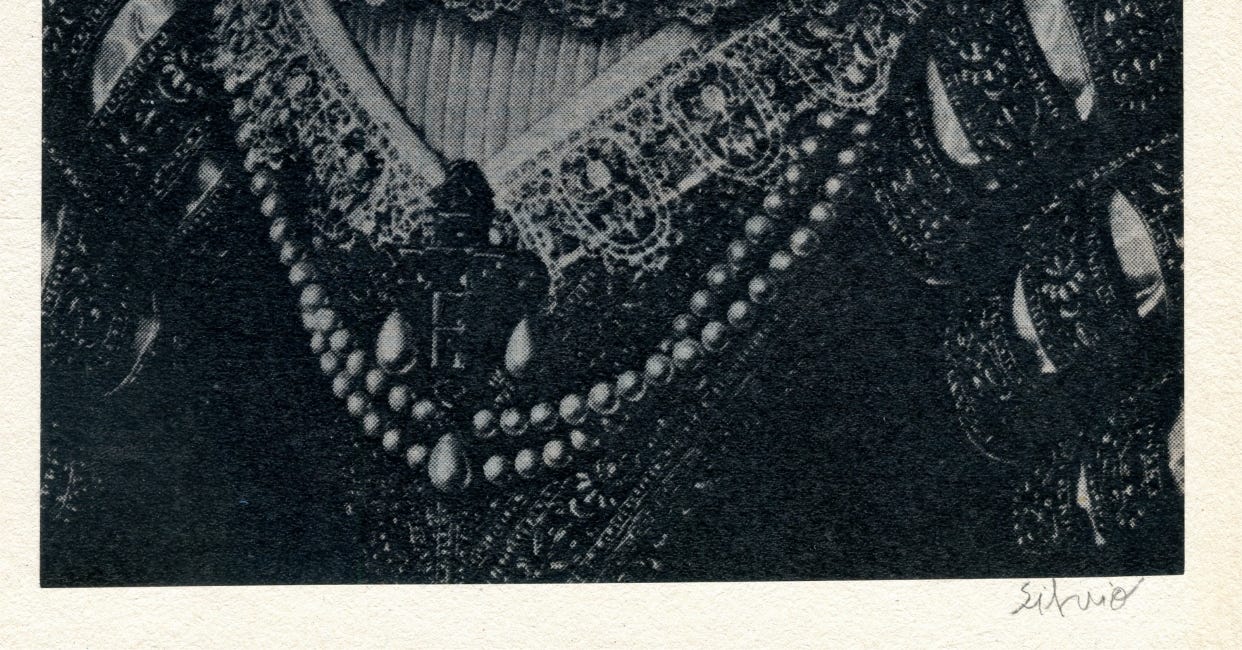
Audience Is Secondary
Artists are often told to “build their audience.” It’s a well-intentioned bit of advice, borrowed from marketing culture, but it’s misplaced when applied too early. The audience, after all, is not the foundation of an artist’s work - it’s the eventual neighborhood that may grow up around it.
I sometimes say that the artist is like a real-estate developer working alone in the wilderness. You have to buy the land, put in the infrastructure, lay out the streets, plant the trees, and build most of the houses in the neighborhood before anyone can decide if they want to move in. You have to imagine an entire world that doesn’t exist yet and make it livable enough for others to one day want to belong there.
That is no small undertaking. It takes years of building before the first visitor comes wandering through. If you can’t make it that far, there’s no use worrying about an audience or patrons. Those come later, and they come naturally when there’s something real for them to discover.
The artist’s first task is not to please others but to construct - to create the conditions under which others might one day care. That means learning to work in relative isolation, without applause, without immediate validation, and often without a clear vision or understanding. The early years are hunting for the right place to start, drawing out the maps, taking notes, building the blueprints, grading roads in the dark, digging ditches for plumbing and electricity, setting foundations by feel. There’s no map for it at the beginning, only persistence and wandering around in the realm of the imagination.
Most artists never get to the point where an audience becomes relevant because they lose patience during the long, invisible part of the work. They spend their creative energy wondering who will buy, who will notice, who will approve. But those questions belong to a later chapter. They are the concerns of a builder once the scaffolding is down, not when the mason is still mixing mortar.
To think about audience too early is like trying to sell lots in a neighborhood that doesn’t yet exist beyond tentative lines on a page and pointing to the wilderness. It leads to discouragement. People will look around and say, “There’s nothing here,” and they’ll be right. You must build first, and build enough that others can see the outline of a place worth visiting.
The audience will come when there is coherence - when your world has its own gravity. Until then, you are the one who must believe in it. You are the mayor, the gardener, the planner, the construction and maintenance crew. You are also the one who walks the empty streets at dusk, hearing only the echo of your own footsteps and trusting that, someday, the lights will come on in the windows.
And when that day arrives, you will find that the audience is not something you acquired but something you attracted by building well. They moved in because the place you created felt alive, because it offered a unique vision - your vision.
So, if you’re working away in solitude, remember: audience is secondary. Build your world. Lay your foundations. Plant your trees. The rest will come when it’s ready. One step at a time. There is all the time in the world, just none to waste.
May your neighborhood of ideas grow shade and songbirds in its time. Keep tending the soil, even when no one walks the streets yet. The day will come when they do. Make your world a place you want to live in because you do.
Related…
On Creating Without an Audience
The following article is a cleaned up comment I made on a post by Elif Shafak.
On Vanishing Works and the Art of Leaving Traces
This is a companion to On Creating Without an Audience.




